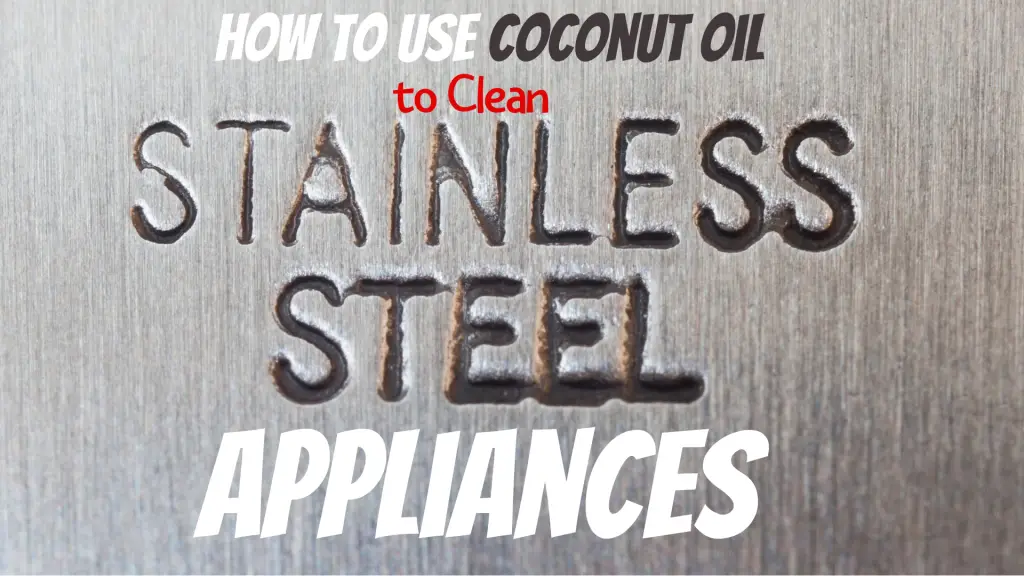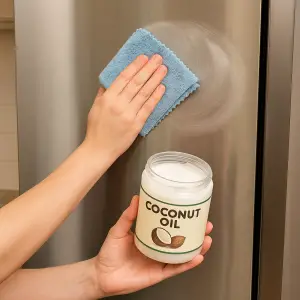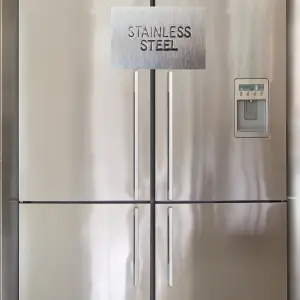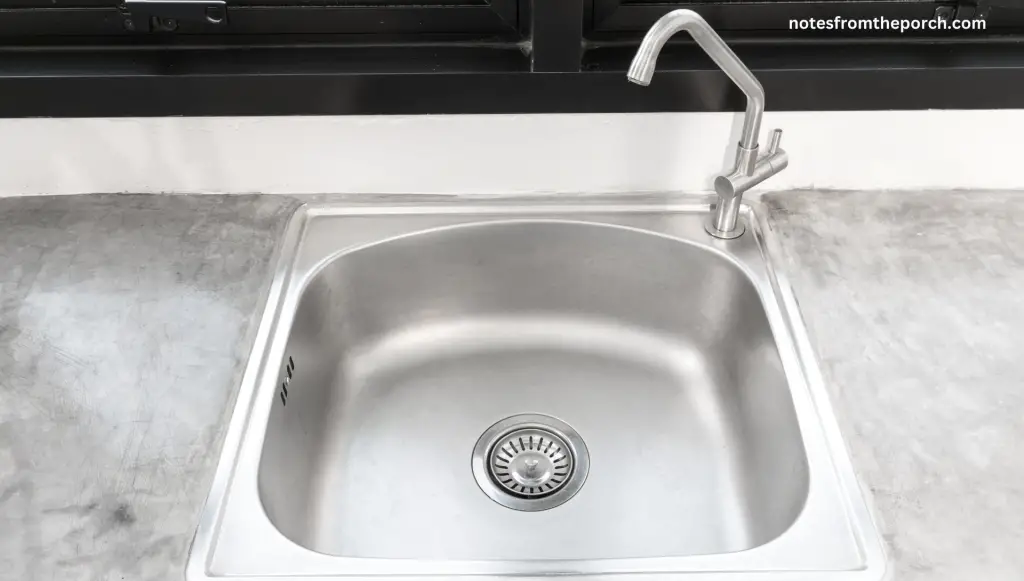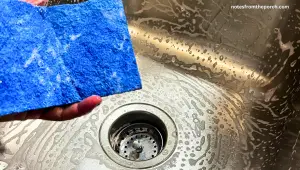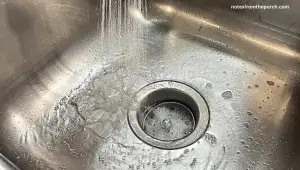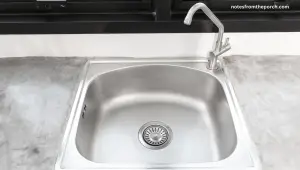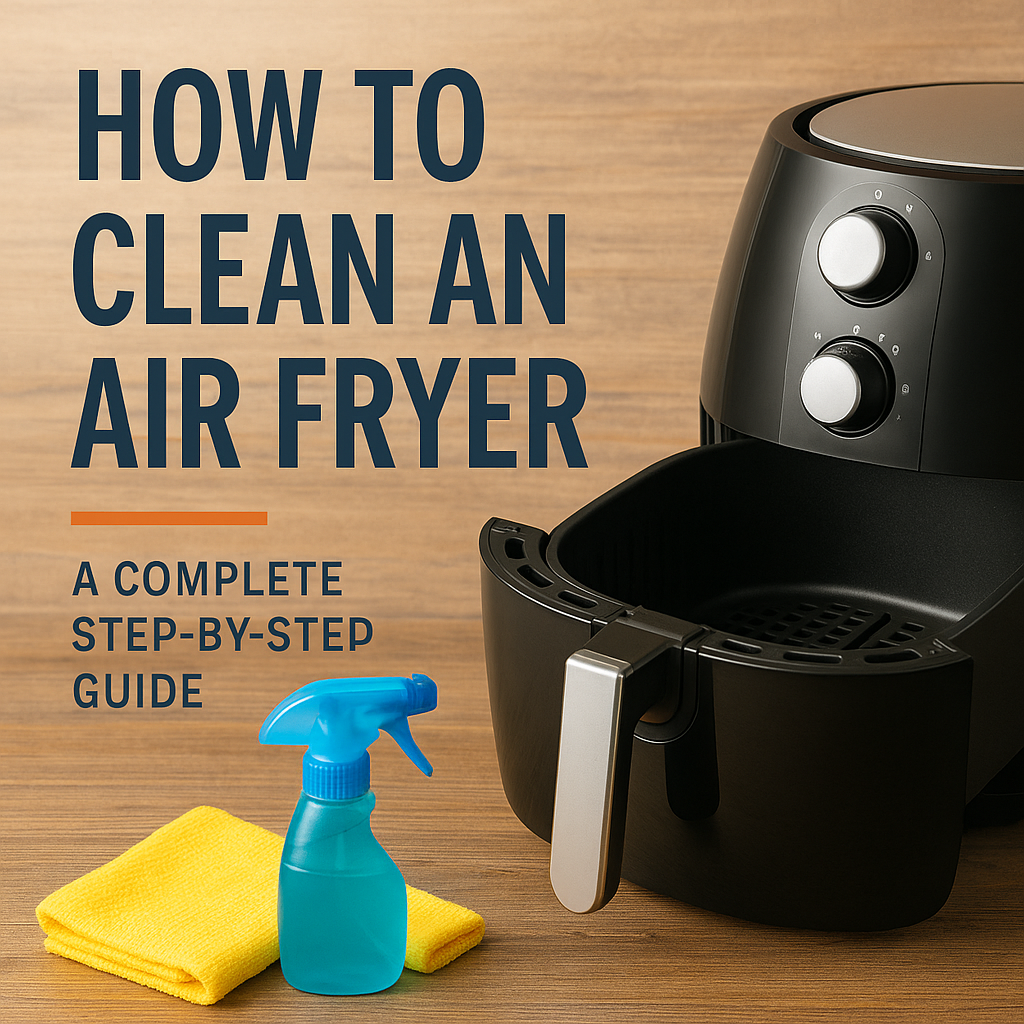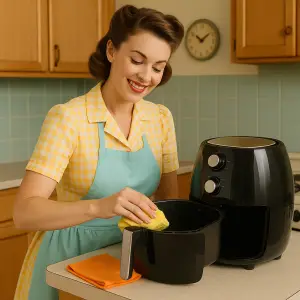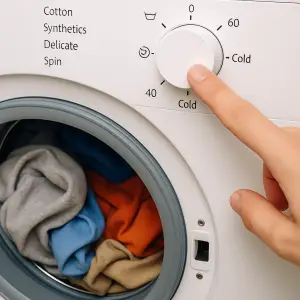 I have always used electric stoves with grates and burners but, I recently moved into my new home that have a glass top stove. This made me wondered, how on earth do I clean a glass top stove without scratching it. However, I figured it out so, if you are in the same situation here is how to clean it.
I have always used electric stoves with grates and burners but, I recently moved into my new home that have a glass top stove. This made me wondered, how on earth do I clean a glass top stove without scratching it. However, I figured it out so, if you are in the same situation here is how to clean it.
So, how do you clean a glass top stove? its quiet simple, below I have shared four different ways to clean a glass top stove. Actually, these stove even easier to clean than a stove with grates and burners. Continue reading for the instructions.
What are the Best Cleaners for a Glass Top Stove?
1. Vinegar.
2. Dawn dish soap
3. Warm Water
The best cleaners for a glass top stove is distilled vinegar, Dawn dish soap and warm water. And, for scrubbing, you can use a mild scrubber like a ScotchBrite or a sponge.
The vinegar is acidic so it loosens burnt food fast and Dawn dish soap get rid of grease easily. Warm water is also a grease cutter and when combined with these two will work miracles.
How to Clean a Glass Top Stove without Scratching it
Cleaning with Vinegar:
Instructions:
In a spray bottle combine a mixture of 2 cups water and 1 cup vinegar. Next, mist the stove top and allow to sit for a minute or two. Take a gentle scrubber and scrub the areas that has burnt food or spills. Next, wipe off the loose residue with a clean damp kitchen cloth or paper towel.
Now that the burnt food is gone, dab a bit of Dawn dish soap on a sponge and clean the top. Finish by using a clean damp cloth to wipe the top until its completely clean.
To make your glass top stove look brand new simply buff the top with a soft dry cloth until it glows. This will remove streaks and smudges. Avoid using any store bought chemical to shine the stove top as some of these are flammable.
And that is how to clean a glass top stove without baking soda. But, if you want to try the baking soda method move on to the next tip .
How to Clean a Glass Top Stove with Baking Soda
To do this you’ll sprinkle the baking soda over the top of the stove. Next, using a wet sponge wipe the top for 1-2 minutes. Move on to wiping off the baking soda residue with a damp cloth then dry with another. Keep in mind that cleaning your glass top stove with baking soda may take more time.
The reason for this is baking soda is a dust which can get into areas it shouldn’t go. You will have to triple wipe with a damp cloth to make sure there are no white marks left behind.
How Do You Clean Burn Rings off a Glass Top Stove?
I noticed this question is being asked a lot. Burn rings happen when food spill near are around the burner. If not wipe away immediately it will leave a burn ring that looks impossible to clean. Well, its not.
Instructions:
Simply our or mist the burn ring with warm water and distilled vinegar. Next, scrub with a soft Scotch Brite then wipe clean with a damp cloth.
Don’ts
1. Never use a knife to scrape away food particles
2. Don’t use a steel wool to scrub
3. Clean immediately after using
4. Beware of flammable cleaners
My favorite Method:
Obviously its the first method, vinegar, Dawn dish soap and warm water. Its quick and effective and it makes cleaning the stove super easy.
Final Thoughts:
I love my glass top stove and, cleaning it makes me love it even more because its so easy to maintain. I will never go back to using a stove with grates and burners . These cleaning tips has clearly shown you how to clean a glass top stove with scratching it. They were as easy as 1,2,3.
Hope you have an amazing time cleaning and caring for your glass top stove.

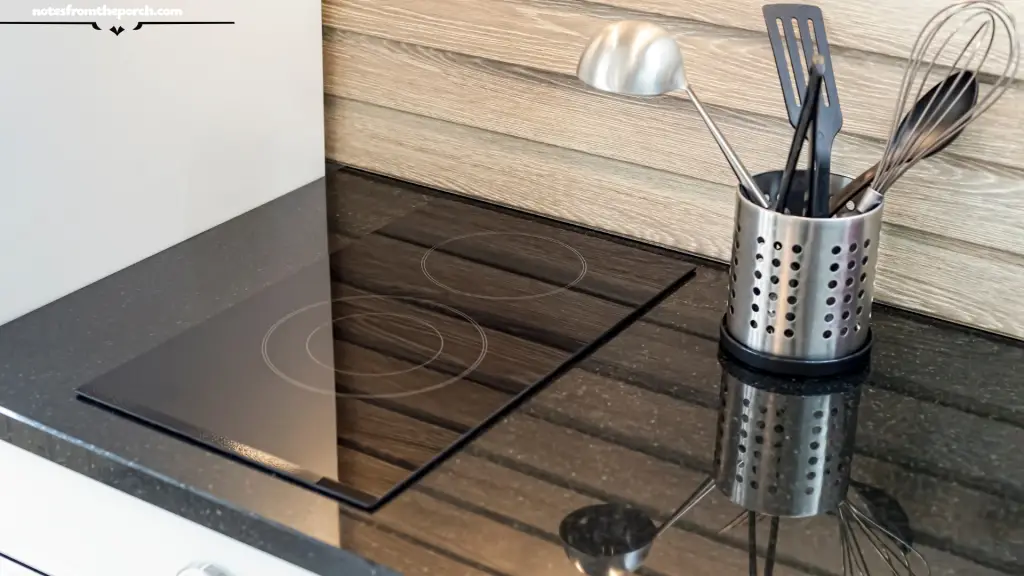

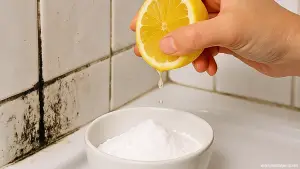



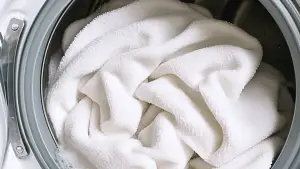
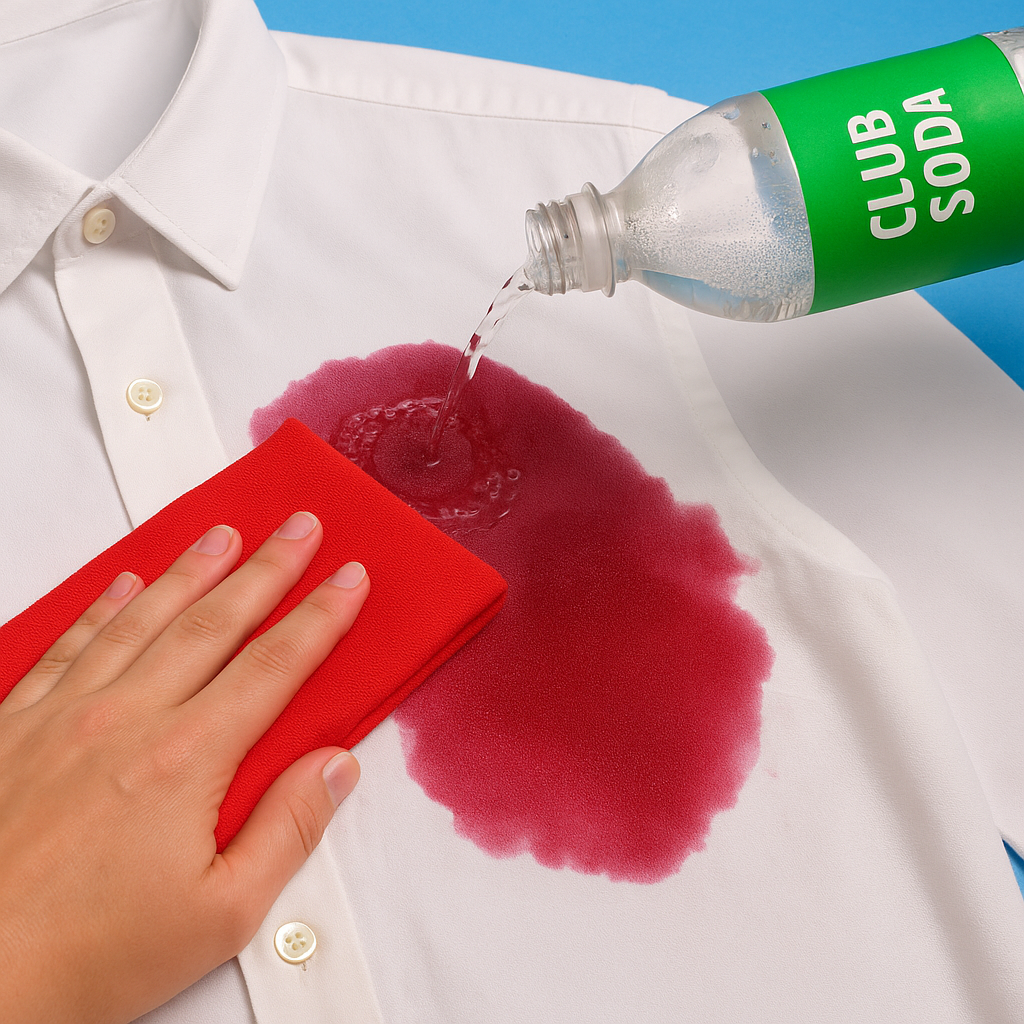
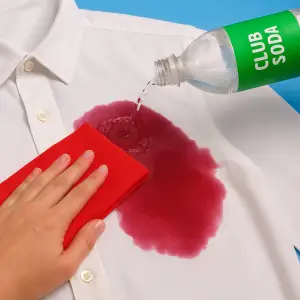
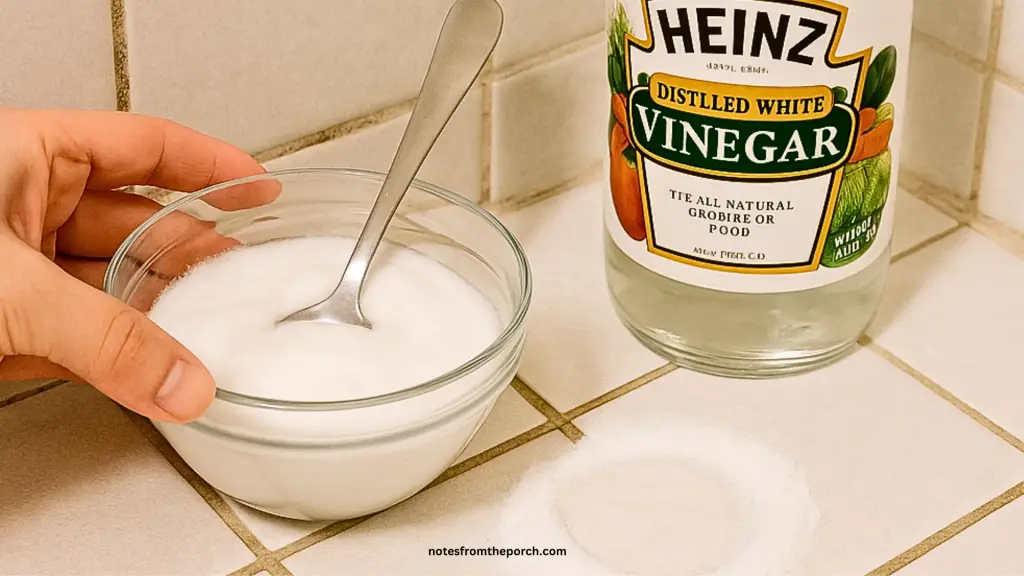
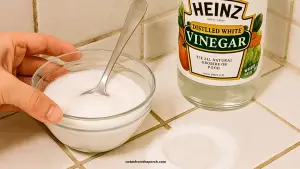
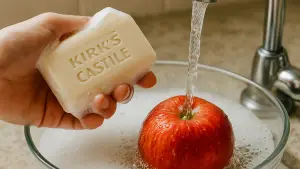 My Little Kitchen Discovery
My Little Kitchen Discovery